Introduction
In the vast array of fruits that nature has bestowed upon humanity, the blood peach (Prunus persica var. nectarina) stands out for its unique and enchanting attributes. With a flesh that ranges from deep crimson to a vivid purple hue, this variety of peach not only captivates the senses with its striking appearance but also delights the palate with its juicy, sweet-tart flavor. However, like many perishable delights, the shelf life of blood peaches is relatively short, prompting consumers to seek effective preservation methods. One common question that arises is whether refrigerating blood peaches is a viable option to extend their freshness and quality. This article delves into the intricacies of storing blood peaches in a refrigerator, examining the pros and cons, the impact on taste and texture, and alternative preservation methods. By the end, readers will have a comprehensive understanding of whether refrigerating blood peaches is indeed a good idea.
Understanding Blood Peaches
Before discussing preservation methods, it is crucial to understand the basic characteristics of blood peaches. Native to China, these peaches are distinguished by their vibrant color, which is a result of high anthocyanin content. Anthocyanins are water-soluble pigments that give plants their red, blue, and purple hues and are known for their antioxidant properties. Blood peaches are typically smaller than conventional peaches, with a firmer texture and a slightly tangier taste that balances out their sweetness.
The peak season for blood peaches varies depending on the region, but they are generally available during the warmer months of the year. Their short season and delicate nature make them a highly sought-after delicacy, prompting consumers to explore various preservation techniques to enjoy them beyond their natural shelf life.
The Refrigeration Debate
Refrigeration is a common method used to prolong the freshness of fruits and vegetables. By lowering the temperature, the metabolic processes that lead to spoilage are slowed down, thereby extending the shelf life. However, the effectiveness of refrigeration varies depending on the type of fruit and its specific characteristics.
Pros of Refrigerating Blood Peaches
-
Extended Shelf Life: Refrigeration significantly extends the shelf life of blood peaches. At room temperature, they may only last a few days before showing signs of spoilage such as softening, discoloration, or mold growth. In contrast, when stored in the refrigerator, blood peaches can remain fresh for up to a week or even longer.

-
Slowed Ripening Process: Refrigeration slows down the ripening process, allowing consumers to control when they want their peaches to reach peak ripeness. This is particularly useful for those who prefer firmer, less ripe peaches or who want to space out their consumption over a longer period.
-
Preservation of Nutrients: Cold temperatures help retain the nutritional value of blood peaches, including vitamins, minerals, and antioxidants. While some nutrients may degrade over time, refrigeration slows this process compared to storage at room temperature.
Cons of Refrigerating Blood Peaches
-
Altered Texture and Taste: One of the primary drawbacks of refrigerating blood peaches is the potential change in texture and taste. Cold temperatures can cause the flesh to become mealy or less juicy, and the flavor may become duller or less sweet. This is because chilling affects the cell structure of the fruit, altering its natural texture and taste profile.
-
Chilling Injury: Blood peaches are susceptible to chilling injury, a physiological disorder that occurs when fruits are exposed to temperatures below their optimal storage range. Symptoms of chilling injury include pitting, browning, and off-flavors. Once chilled, the fruit may not recover even if returned to warmer conditions, rendering it unsuitable for consumption.

-
Loss of Aroma: Refrigeration can also diminish the aromatic compounds in blood peaches, reducing their overall appeal. Aroma plays a significant role in the sensory experience of eating fruit, and a lack of it can make the fruit less enjoyable.
Optimal Refrigeration Conditions
If consumers decide to refrigerate their blood peaches, it is crucial to do so under optimal conditions to minimize the negative effects. The ideal refrigerator temperature for storing blood peaches is between 32°F and 36°F (0°C to 2°C). Higher temperatures within this range may be preferable to avoid severe chilling injury.
Additionally, blood peaches should be stored in a humidity-controlled environment to prevent moisture loss, which can lead to shriveling and desiccation. Placing them in a plastic bag with a few holes for ventilation can help maintain humidity levels.
Alternative Preservation Methods
Given the potential drawbacks of refrigeration, consumers may want to explore alternative preservation methods for their blood peaches. Here are some viable options:

-
Freezing: While freezing does alter the texture of blood peaches, it is an effective way to preserve them for longer periods. To freeze, wash and pit the peaches, then slice or puree them as desired. Place the pieces or puree on a baking sheet lined with parchment paper and freeze until solid. Once frozen, transfer to an airtight container or freezer bag. Frozen blood peaches can be used in smoothies, baked goods, or as a base for sorbets and ice creams.
-
Canning: Canning is another method that preserves blood peaches by processing them in hot water or steam to destroy microorganisms that cause spoilage. Canned peaches can be enjoyed year-round and retain much of their flavor and nutritional value. However, the texture will be softer than fresh or frozen peaches due to the heat processing.
-
Drying: Drying blood peaches transforms them into a concentrated form of sweetness that can be enjoyed as a snack or used in cooking. Dried peaches retain some of their original flavor and nutritional benefits but have a different texture and mouthfeel compared to fresh fruit.
-
Pickling: Pickling blood peaches in a vinegar-based brine adds a tangy, preservative quality that extends their shelf life while introducing a new flavor profile. Pickled peaches can be enjoyed as a unique condiment or used in various dishes.

Conclusion
The question of whether refrigerating blood peaches is a good idea is not a straightforward one. While refrigeration does extend their shelf life and slow down the ripening process, it also alters their texture and taste, potentially making them less enjoyable. Consumers must weigh these pros and cons based on their personal preferences and intended use for the peaches.
For those who prioritize freshness and full sensory experience, consuming blood peaches within a few days of purchase at room temperature may be the best option. For those who want to extend their enjoyment beyond the natural shelf life, alternative preservation methods such as freezing, canning, drying, or pickling offer viable alternatives.
Ultimately, the decision on how to store blood peaches should be guided by individual needs and preferences. By understanding the characteristics of blood peaches and the impact of different preservation methods, consumers can make informed choices that allow them to enjoy this unique fruit in the way that best suits their tastes and lifestyles.
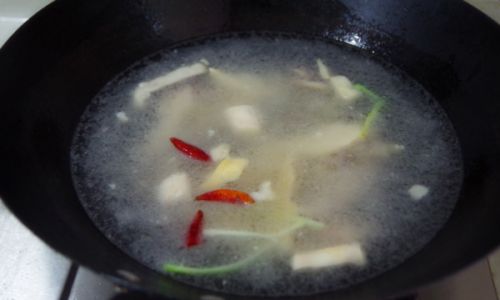
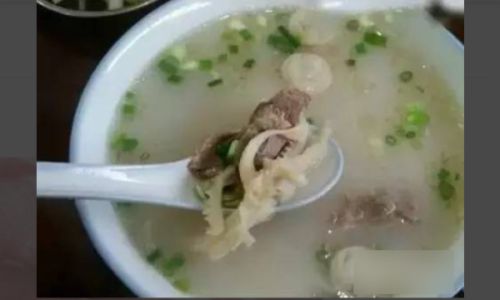
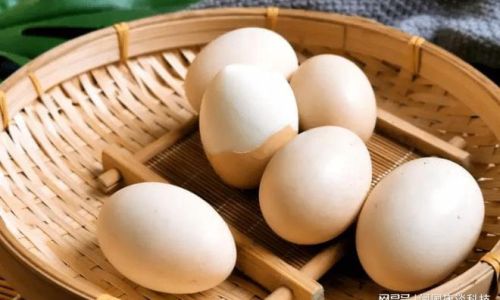
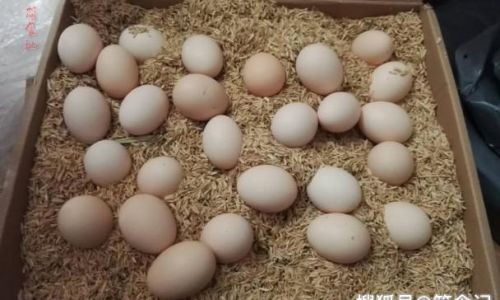
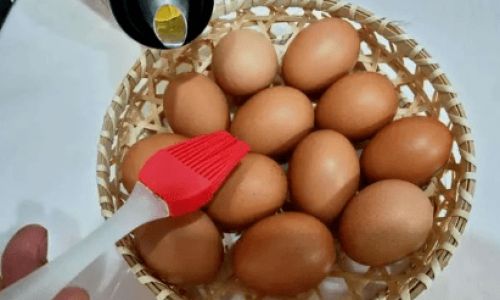
0 comments